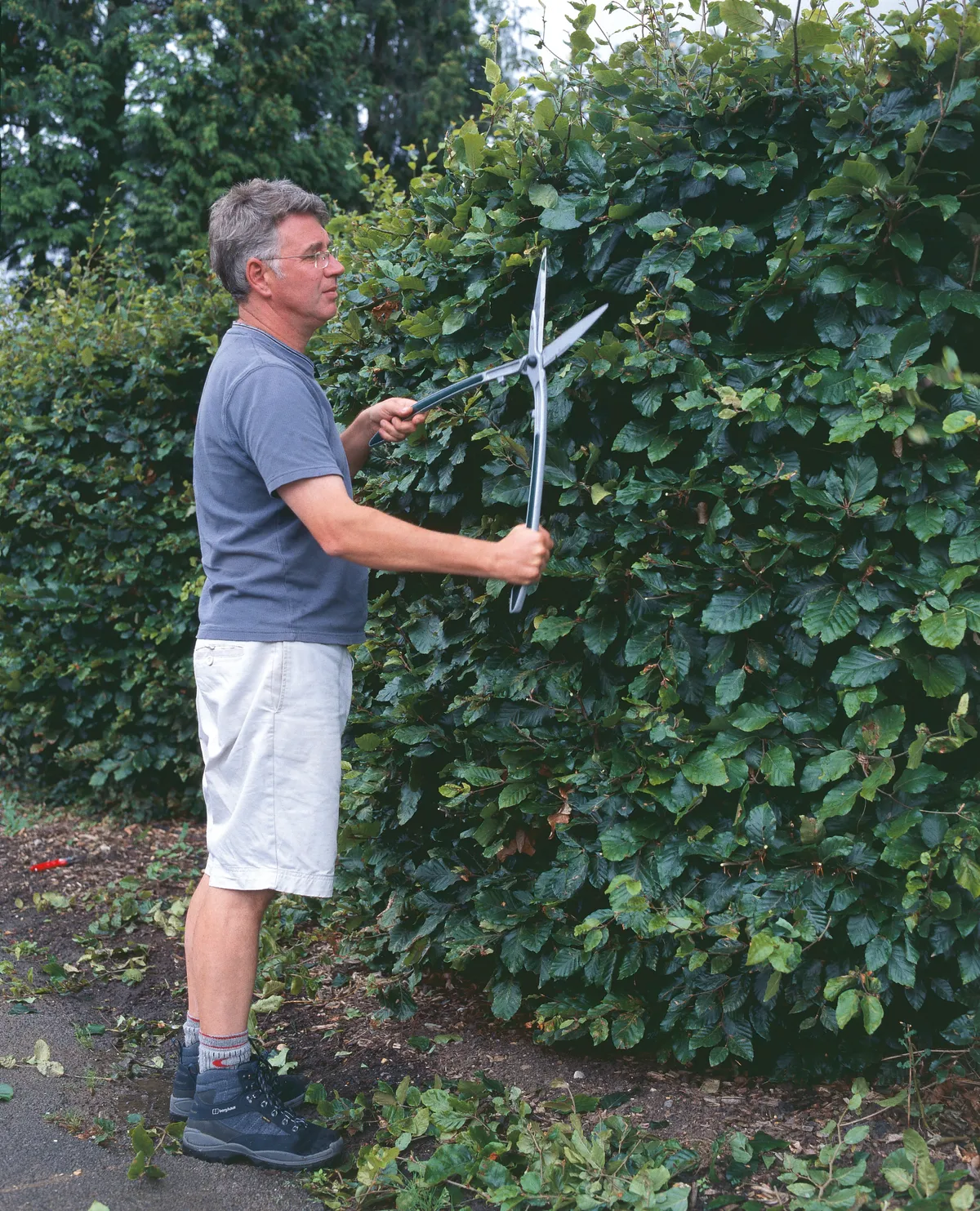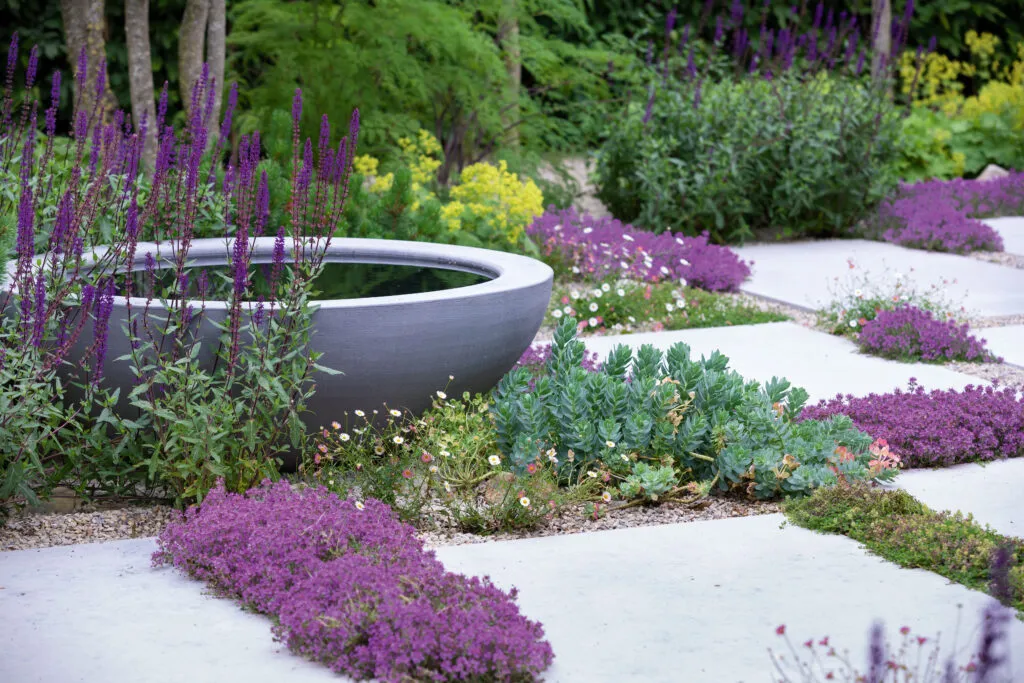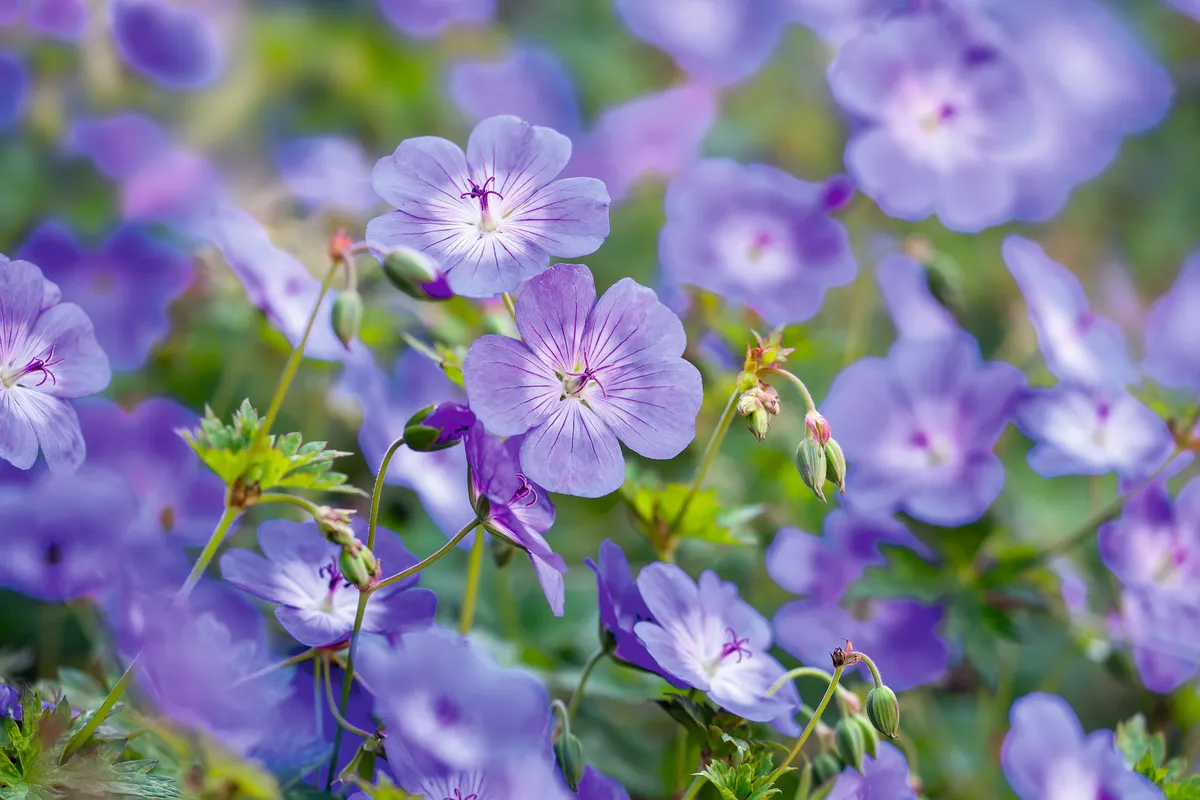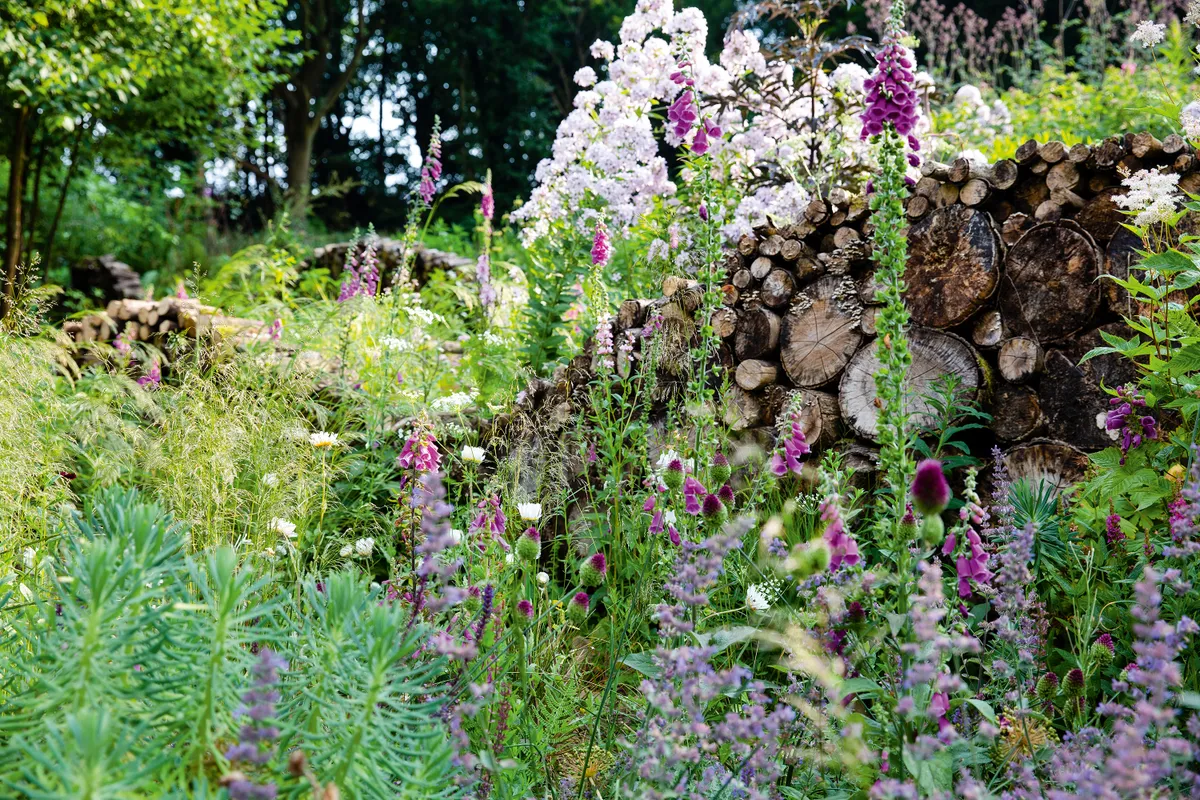‘Rewilding’ is everywhere right now, from beavers and weeds at Chelsea Flower Show to talk of releasing lynx and wolves in Britain’s countryside. The word 'rewilding' was originally used by ecologists to describe the concept of returning large tracts of farmland to nature, but the essence of the idea is now also being applied in smaller ways in domestic home gardens, to attract in wildlife.
Gardens can’t replace big, wild habitats for endangered wildlife, but they can be a really valuable resource for bugs, birds, reptiles, amphibians and mammals, as a place to live or simply visit to feed or use as a rest stop. Making your garden more wildlife friendly is easier than you think – you can get started with our top tips below.
How do I rewild my garden?

Firstly, just don’t be so neat. Gardening for wildlife means resisting the urge to tidy up everything in the garden all the time. It also means dropping pesticides and herbicides, and manufactured chemical fertilisers. Of course, then you’ll have to find other ways to deal with weeds, pests and diseases and feed plants, or learn to accept things like bite holes in leaves, and try to find new ways to achieve a natural balance.
Put the mower away

Let your lawn grow a little, or a lot, longer, in the late spring and early summer, and take part in No Mow May. Try the ‘Mohican’ cut advised by Plantlife, with two different heights of grass: a short sward, cut once a month to a height of about 1-2in, which will have the most flowers, and therefore nectar; and a longer section left uncut all season, which will have a broader range of species of flowering plant. Your lawn could be home to up to 200 species of flowers such as daisies, dandelions, self-heal and clover. If left to flower, they might produce enough nectar to support the equivalent of 400 bees a day.
Go for hairy hedges

Let your hedges grow a bit shaggy. When not pruned, lots of them will produce pretty flowers and fruit. You could try clipping one side only every year, or clip them every other year. You can do the same with shrubs. Just remember that you should only clip hedges and large shrubs once fledgling baby birds have left the nest in summer.
Wait until spring

Wait to cut down your flowerbeds in spring, instead of doing this in autumn, leaving seedheads of perennials to stand overwinter, to feed birds and small mammals. This also has the benefit of keeping down weeds and protecting all the little microbes, insects and earthworms that live in the soil. Remove the dead stalks just as new growth starts to show at the base in early spring.
Less patio, more plants

The layout and design of your garden makes little difference to wildlife, but what does matter is the ratio of paving to planting. The more plants there are in a garden, the more wildlife has been recorded, and the more hard surfaces there are, like paths, walls and fences, the less wildlife there is; so think about reducing the amount of paving you have, or, if starting fresh with a garden design, have the minimum area you can. Use a permeable surface like gravel instead of pavers, or leave the joints between paving stones free of grout, and plant the gaps up with things like thyme. Plant hedges, or if your garden is too small and walls or fences are already in place, grow climbers up them.
Grow a diversity of plants

Gardens with trees and shrubs tend to have the most biodiversity, so if you can, plant a tree like a crab apple and shrubs like Ribes, spindleberry, hazel and rambling roses for their flowers and berries. Pollinators like bees and butterflies need to have flowers over a long a season so winter bloomers like Japanese quince, heather, witch hazel, ivy and sweet box are good, as well as those with catkins, like pussy willow and hazel.
Plant spring flowering bulbs like snowdrops, crocuses and daffodils in autumn and add primroses, sweet violets, forget me nots, foxgloves and viper’s bugloss, to create a nectar banquet for a broad range of British insects. Good summer perennials include catmint ‘Six Hills Giant’, Geranium Rozanne and lavender ‘Gros Bleu’, Dahlia ‘Bishop of Llandaff’ and Helenium ‘Moerheim Beauty’. Butterflies like butterfly bush, scabious, verbena, sedums and asters, while moths love mint, rosebay willowherb, valerian and night-active plants such as night-scented stock. Although these blooms are packed with nectar, they don’t provide the forage needed to support breeding, so to provide food for caterpillars and moth larvae, use plants such as mullein, Cirsium thistles, fuchsia and hops.
Make a pond

Even a small body of water can be an amazing habitat for insects and aquatic creatures like toads, but they are also a drinking and food source for other garden wildlife. Make sure your pond has shallow edges, sloping down to a depth of about 45cm in the centre. If you don’t have room for a pond, a small container with some aquatic plants will work too – just make sure it has at least one sloping side for access. Even a small, shallow bird bath can create big benefits.
Make a pile

Hedgehogs, beetles and designers like Stefano Marinaz and Nigel Dunnett adore a stack of logs. As well as shelter for small mammals and amphibians, lying deadwood like this is essential habitats for boring insects and invertebrates, and fungi, which play a vital role in breaking down this material into soil and nutrients. To make a top wildlife pile, stack up big and small softwood and hardwood logs with bark on, in the shade, with some in contact with or part buried in the ground, and top off with leaf piles or branches.